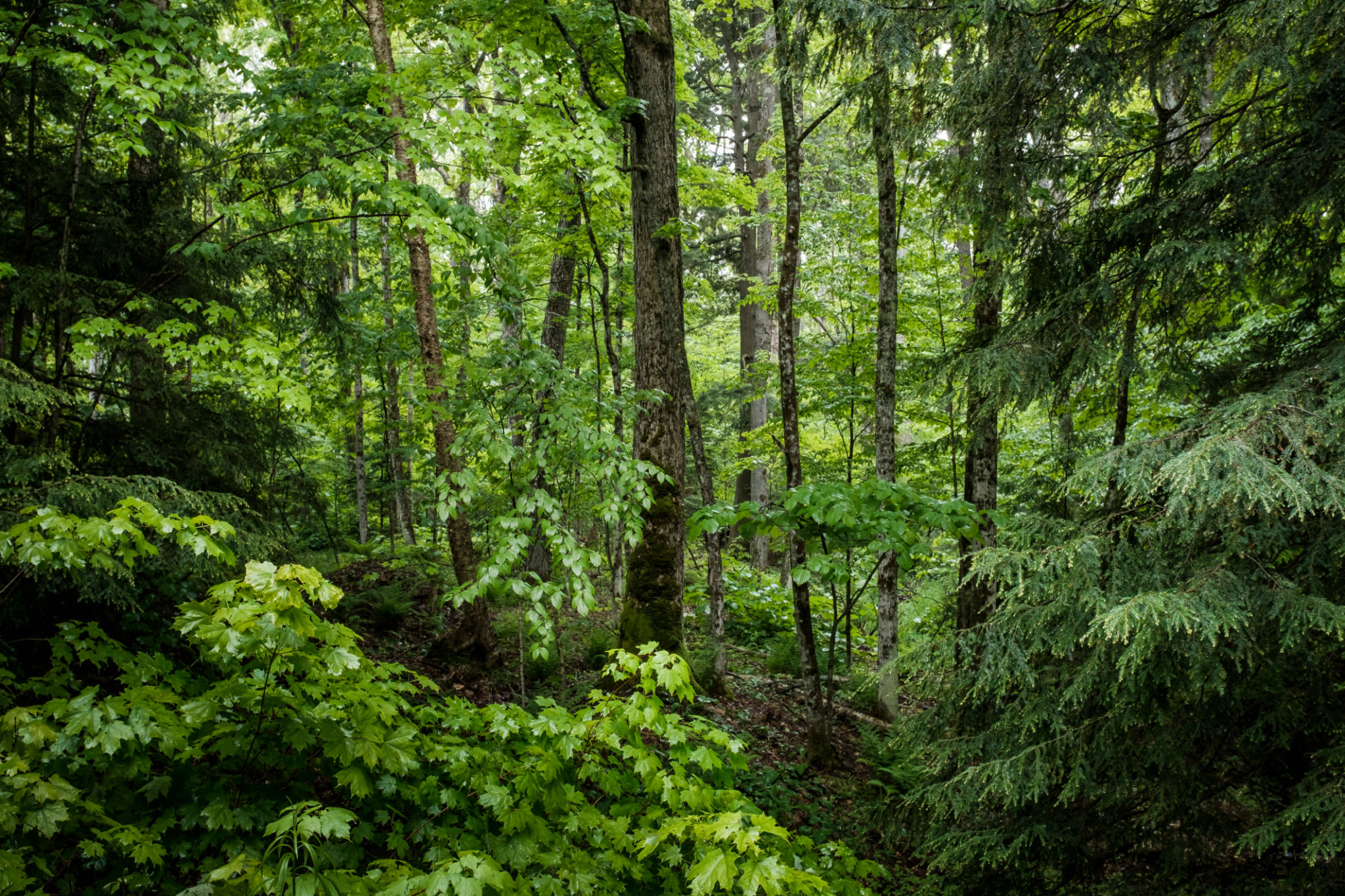Understanding the Role of Climate in Garden Design Across Michigan
The Impact of Climate on Garden Design in Michigan
Michigan's diverse climate is a crucial factor to consider when designing gardens across the state. With its unique blend of continental and temperate climates, Michigan offers both challenges and opportunities for garden enthusiasts. Understanding how these climatic zones affect plant selection and garden maintenance is essential for creating thriving outdoor spaces.

Understanding Michigan's Climate Zones
Michigan is divided into several USDA hardiness zones, ranging from zone 4 in the north and Upper Peninsula to zone 6 in the southern parts. These zones determine the types of plants that can survive the winter temperatures specific to each area. Gardeners must choose plants that are well-suited to their local climate zone to ensure year-round success.
In the northern regions, gardens need to withstand harsher winters with heavy snowfalls and shorter growing seasons. Conversely, southern Michigan enjoys milder winters and longer growing periods, allowing for a broader range of plant species. Recognizing these differences is essential for effective garden planning and design.
Choosing the Right Plants for Your Region
When selecting plants, consider those that are native to your specific region of Michigan. Native plants are naturally adapted to local climate conditions, making them more resilient and easier to maintain. They also support local wildlife, promoting biodiversity in your garden.
- For northern Michigan: Consider hardy perennials like coneflowers and daylilies.
- In southern Michigan: Opt for a mix of perennials and annuals such as black-eyed Susans and marigolds.

Dealing with Seasonal Challenges
Each season in Michigan brings its own set of gardening challenges. Spring can be unpredictable with late frosts, while summer often sees periods of drought. Fall offers ideal conditions for planting many types of perennials and shrubs, taking advantage of cooler temperatures and increased rainfall.
To manage these challenges, implement strategies such as mulching to conserve soil moisture during dry spells and using frost covers in early spring to protect young plants. Understanding these seasonal nuances will help you maintain a healthy garden throughout the year.
Incorporating Water Management
Water management is a critical aspect of garden design in Michigan. The state experiences varying levels of rainfall, and efficient water use is essential. Consider installing rain barrels to collect rainwater for irrigation, reducing reliance on municipal water sources.

Additionally, designing gardens with drought-tolerant plants can significantly reduce water usage. Native grasses and succulents are excellent choices for creating sustainable landscapes that thrive with minimal watering.
Embracing Microclimates
Microclimates within your garden can create opportunities for growing a wider variety of plants. Features like walls, fences, or large trees can alter wind patterns and sunlight exposure, creating warmer or cooler spots within your garden. Identifying these microclimates allows you to tailor your plant choices and design elements accordingly.
For example, south-facing walls often provide warmer conditions that enable the growth of more tender plants, while shaded areas under trees can support shade-loving species like hostas and ferns. By leveraging microclimates, gardeners can maximize the potential of their outdoor spaces.
Conclusion
Understanding the role of climate in garden design is essential for success in Michigan's diverse landscapes. By considering local climate zones, selecting appropriate plants, managing seasonal challenges, incorporating water management strategies, and embracing microclimates, gardeners can create beautiful and sustainable gardens that thrive throughout the year.
